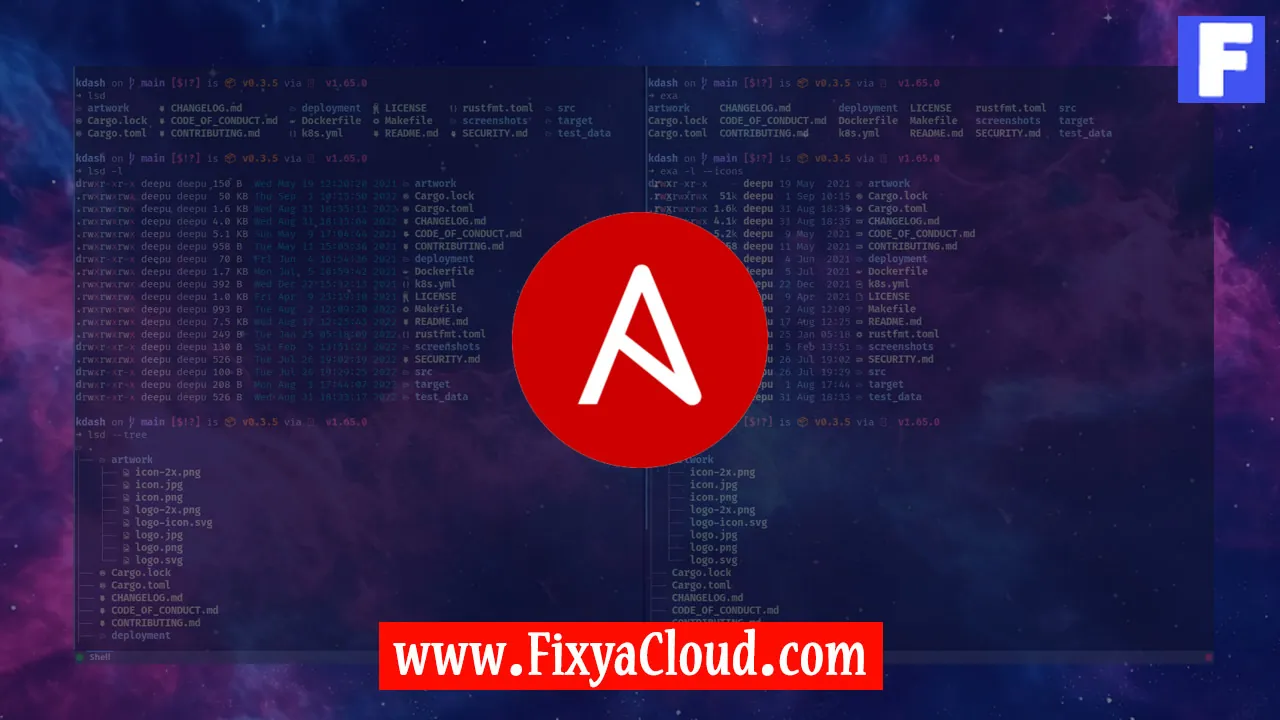Simplify Your CI/CD Pipeline with Ansible and Jenkins

Simplify Your CI/CD Pipeline with Ansible and Jenkins
In the ever-evolving landscape of software development, Continuous Integration and Continuous Deployment (CI/CD) have become indispensable practices for delivering high-quality software at a rapid pace. Among the plethora of tools available, Ansible and Jenkins stand out as powerful allies in simplifying and streamlining the CI/CD pipeline. This article will guide you through the process of leveraging Ansible and Jenkins to create an efficient and hassle-free CI/CD pipeline.
Setting the Stage: Installing Ansible and Jenkins
Before diving into the intricacies of integrating Ansible and Jenkins, ensure both tools are installed on your system. Use the following commands to install Ansible and Jenkins:
# Install Ansible
sudo apt update
sudo apt install ansible
# Install Jenkins
sudo apt update
sudo apt install openjdk-11-jdk
wget -q -O - https://pkg.jenkins.io/debian/jenkins.io.key | sudo apt-key add -
sudo sh -c 'echo deb http://pkg.jenkins.io/debian-stable binary/ > /etc/apt/sources.list.d/jenkins.list'
sudo apt update
sudo apt install jenkins
Configuring Jenkins:
Once installation is complete, start the Jenkins service and access the web interface by navigating to http://localhost:8080 in your web browser. Follow the on-screen instructions to complete the setup. After installation, install the necessary plugins, particularly the "Ansible" plugin, to enable Jenkins to communicate with Ansible.
Creating an Ansible Playbook:
Now, let's craft a simple Ansible playbook. Create a file named deploy.yml with the following content:
---
- name: Deploy Application
hosts: your_target_servers
tasks:
- name: Pull latest code from Git
git:
repo: https://github.com/your/repo.git
dest: /path/to/your/app
version: main
- name: Install dependencies
command: /path/to/your/app/install.sh
- name: Restart application
command: systemctl restart your_app_service
Replace placeholders like your_target_servers, https://github.com/your/repo.git, /path/to/your/app, and your_app_service with your specific details.
Integrating Ansible with Jenkins:
- Open Jenkins and create a new job.
- Configure it as a Freestyle project.
- In the build section, add a new build step - "Invoke Ansible Playbook."
- Specify the path to your Ansible playbook, e.g.,
path/to/deploy.yml. - Save the job configuration.
Triggering the Pipeline:
To automate your CI/CD pipeline, configure your Jenkins job to trigger on every code push or at specific intervals. This ensures that your application is continuously integrated, tested, and deployed.
More Examples and Advanced Configurations:
Explore Ansible and Jenkins documentation for advanced features such as dynamic inventories, parameterized builds, and Ansible roles. Customize your playbook to fit the specific needs of your project, and enhance Jenkins job configurations for a more robust CI/CD pipeline.
By combining the power of Ansible and Jenkins, you've simplified your CI/CD pipeline, enabling swift and reliable software delivery. This integration facilitates automation, reduces manual intervention, and enhances the overall efficiency of your development workflow. Embrace the possibilities that Ansible and Jenkins offer, and watch your CI/CD process evolve into a seamless, automated pipeline.
Related Searches and Questions asked:
That's it for this topic, Hope this article is useful. Thanks for Visiting us.
